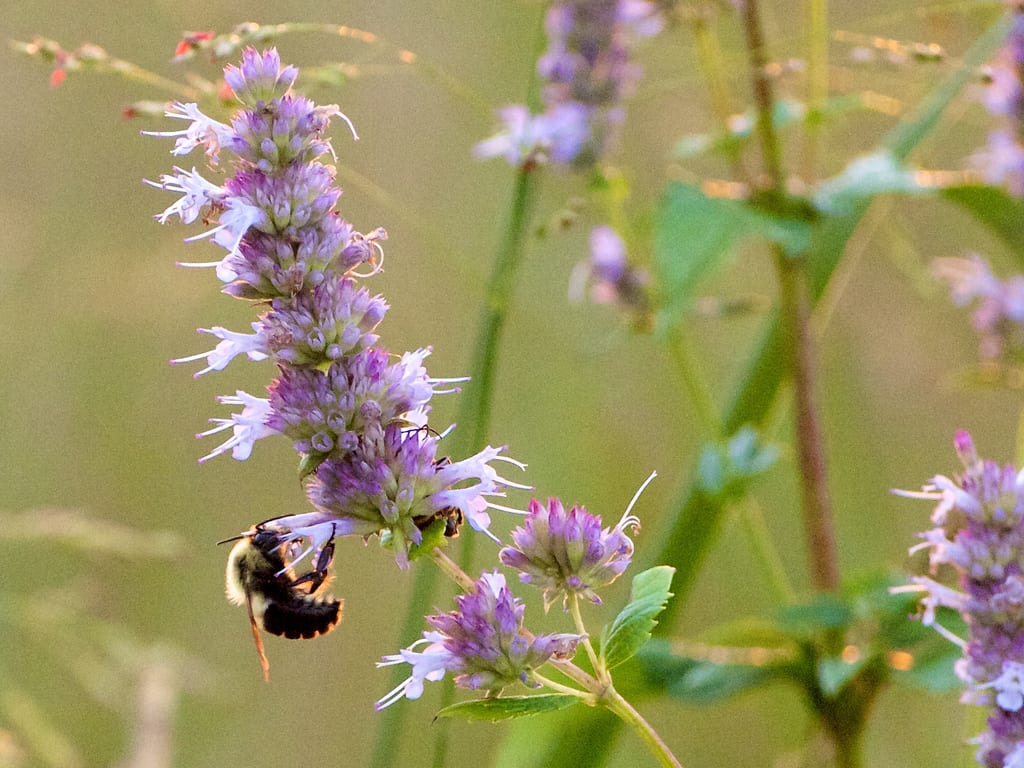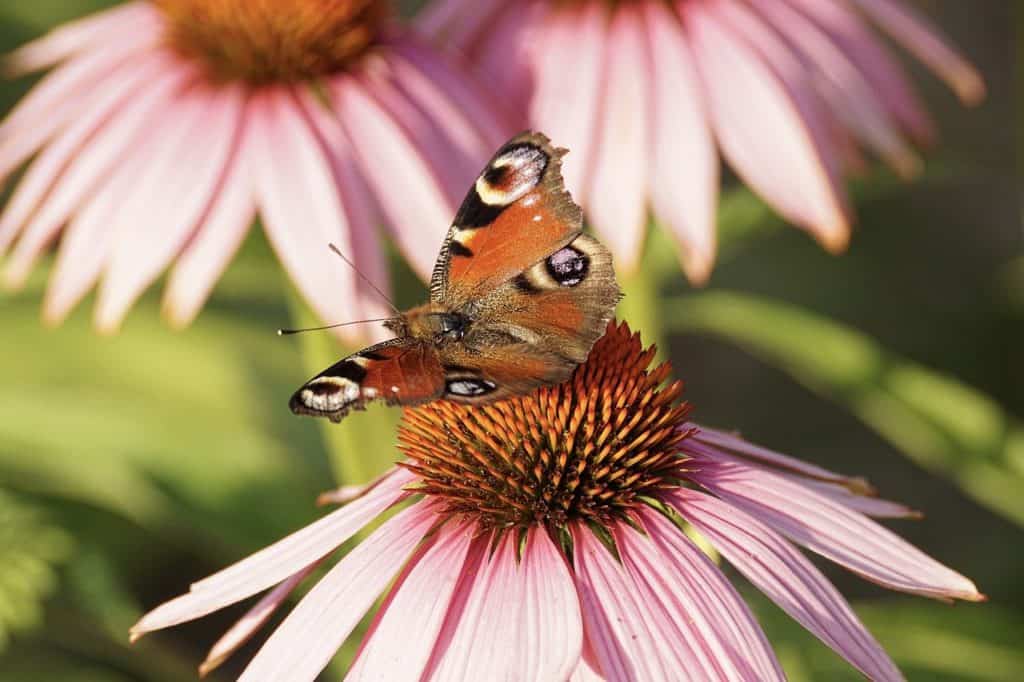Canadian Goldenrod: History, Significance, and Uses of a Native North American Plant
As autumn approaches, the landscape comes alive with the brilliant golden hues of goldenrod (Solidago), a hardy perennial herbaceous plant from the Aster family. One of the most well-known species, Canadian goldenrod (Solidago canadensis), is native to North America and is easily identified by its tall, slender stems crowned with vibrant yellow flower clusters. This resilient plant has played a crucial role in the continent’s ecosystems for centuries, while also offering a wealth of historical uses.
Ecological Significance
Canadian goldenrod is a keystone species in many North American habitats, providing essential nectar and pollen for bees, butterflies, and other pollinators during the late summer and fall when other food sources are scarce. Its deep root system helps prevent soil erosion, and it improves soil health by enriching nitrogen levels. The plant also serves as a host for various insects, contributing to the biodiversity of the regions where it thrives.
Historical Uses
Throughout history, Indigenous peoples and early settlers utilized goldenrod for its medicinal properties. It was used to treat ailments such as inflammation, sore throats, and digestive issues. Goldenrod has also been employed for making dyes, with its vibrant yellow flowers producing a rich golden color. Today, it remains an important species in herbal medicine, recognized for its diuretic and anti-inflammatory benefits.
By understanding the ecological and historical importance of Canadian goldenrod, we can better appreciate its role in maintaining biodiversity and its long-standing connection to North American cultures.
As European settlers arrived, they too began to recognize the value of these native species, incorporating them into their agricultural practices, medicinal remedies, and daily lives. Over the centuries, the uses of native plants have evolved, but their importance has remained constant. Today, in an era of environmental awareness and conservation, native plants are once again at the forefront, playing a crucial role in restoring ecosystems, supporting biodiversity, and promoting sustainable landscaping practices.
This introduction explores the historical uses of native plants in North America, tracing their journey from traditional indigenous knowledge to modern applications. It delves into the enduring legacy of these plants, highlighting their significance in shaping the continent’s ecological and cultural heritage.
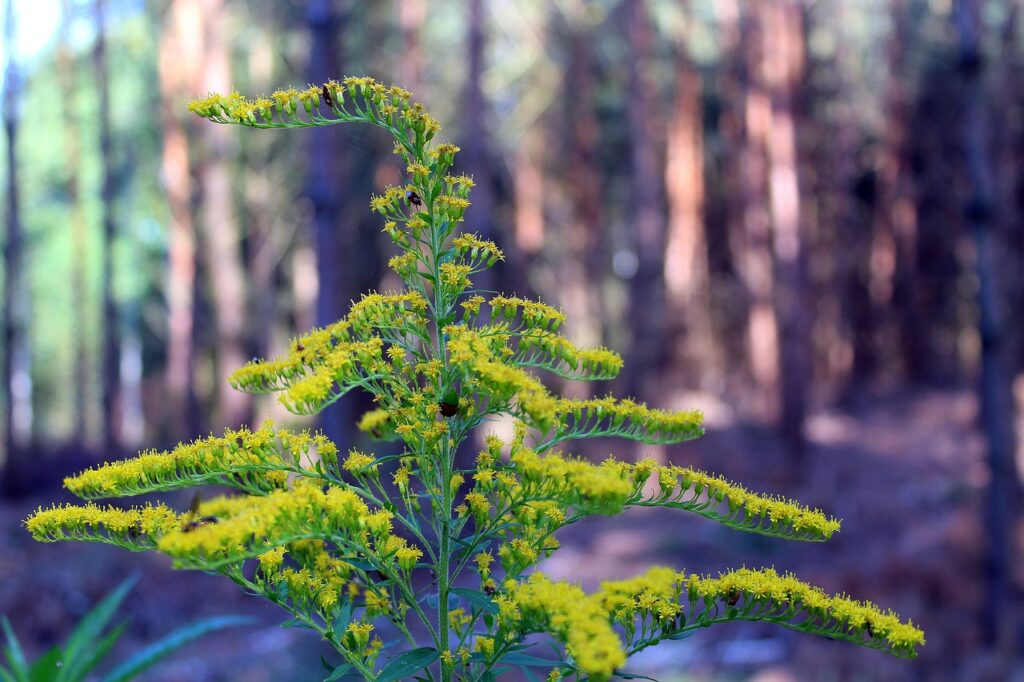
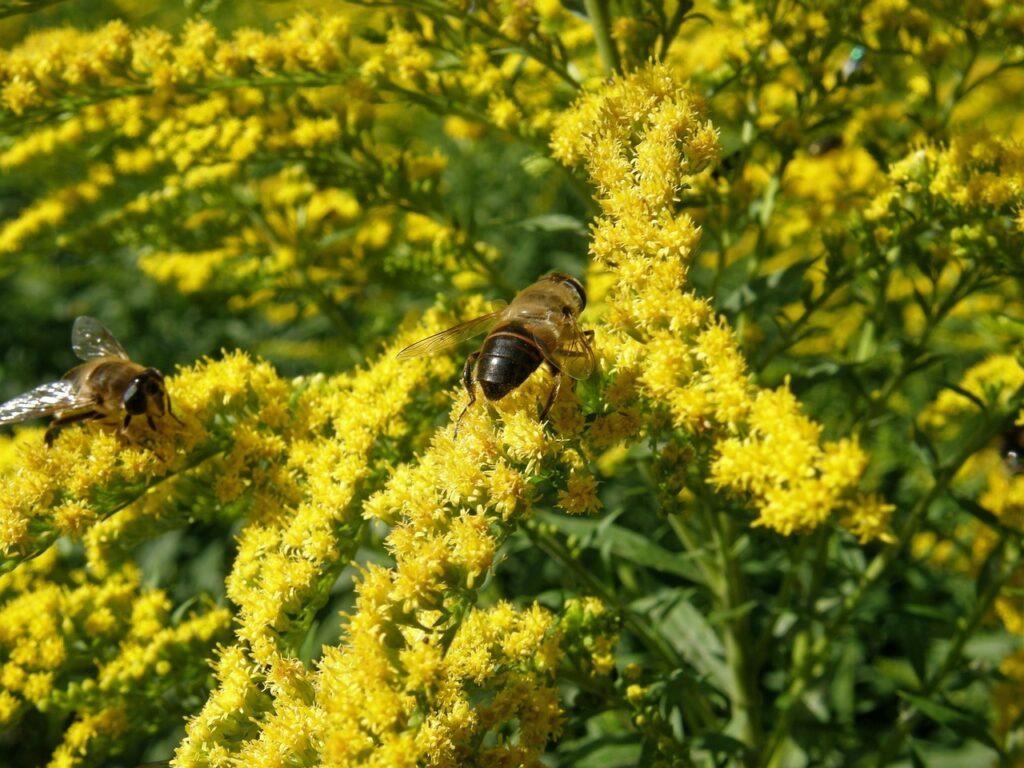

Canadian Goldenrod (Solidago canadensis): A Historic Native Plant Profile
Botanical Overview of Solidago canadensis (Canadian Goldenrod)
Uses: Historically used in traditional medicine, as well as for dye production and erosion control in restoration projects.
Family: Asteraceae (Aster family)
Type: Perennial herbaceous plant
Native Range: North America, primarily found in Canada and the United States
Height: Typically 3-6 feet (90-180 cm)
Flowering Period: Late summer to early fall
Flowers: Bright yellow, small, densely packed in plume-like clusters at the tops of tall, slender stems
Leaves: Lance-shaped, alternate along the stem, with serrated edges
Habitat: Thrives in meadows, prairies, roadsides, and disturbed areas with full sun or partial shade
Ecological Role: Provides nectar and pollen for bees, butterflies, and other pollinators, supports soil health by preventing erosion, and contributes to biodiversity as a host plant for insects
Native Range:
Canadian goldenrod is native to North America, with a broad range that extends from the southern parts of Canada throughout the United States, including the eastern and central regions. It thrives in a variety of habitats, including meadows, prairies, open woodlands, and disturbed areas such as roadsides and fields.
Historical Significance:
Historically, Canadian goldenrod has played an important role in various cultures, particularly among Native American tribes. The plant was used in traditional medicine for its anti-inflammatory, diuretic, and antiseptic properties. Native Americans employed goldenrod to treat a range of ailments, including wounds, sore throats, fevers, and kidney problems. The plant was also used in rituals and as a dye, producing a yellow color.
During the American Revolution, Canadian goldenrod became a symbol of resistance. After the Boston Tea Party, when British tea became scarce, American colonists turned to “Liberty Tea,” a herbal substitute made from goldenrod leaves, which they brewed as an act of defiance against British rule.
Uses and Benefits:
Canadian goldenrod is valued for its medicinal properties, which are still recognized in modern herbalism. The plant contains compounds such as saponins, flavonoids, and tannins, which contribute to its diuretic, anti-inflammatory, and antioxidant effects. It is commonly used to support urinary tract health, reduce inflammation, and alleviate allergy symptoms.
In addition to its medicinal uses, Canadian goldenrod has ecological benefits. It is a key species in native plant gardens and restoration projects, as it supports a wide variety of pollinators, including bees, butterflies, and other beneficial insects. Its late-season blooms provide a crucial nectar source for pollinators preparing for winter.
Role in Biodiversity:
Canadian goldenrod is a keystone species in many ecosystems, playing a vital role in supporting biodiversity. Its dense, nectar-rich flowers attract a wide range of pollinators, including honeybees, native bees, butterflies, and wasps. These insects, in turn, support bird populations by providing a food source during the late summer and early fall.
The plant also serves as a host for several species of caterpillars, including those of the goldenrod gall fly (Eurosta solidaginis) and the goldenrod crab spider (Misumena vatia), which depend on it for food and shelter. Moreover, goldenrod is a crucial part of the diet for some grazing animals, such as deer and rabbits.

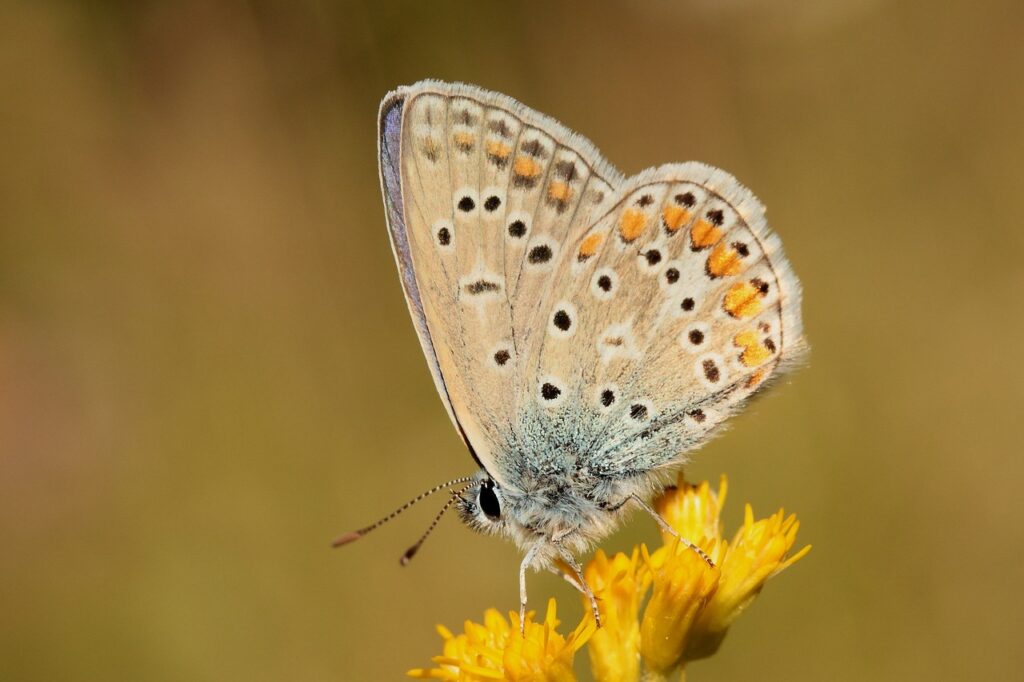
In terms of soil health, Canadian goldenrod contributes to the stabilization of soil and prevents erosion with its extensive root system. This makes it an excellent choice for conservation projects aimed at restoring disturbed land.
Habitat Role:
Canadian goldenrod thrives in a variety of habitats, including prairies, meadows, open woodlands, and along roadsides. It is particularly well-suited to poor, well-drained soils and full sun, although it can tolerate partial shade. The plant’s adaptability allows it to colonize disturbed areas, often being one of the first species to appear in succession, thereby paving the way for other plants to establish.
Invasiveness and Control:
While Canadian goldenrod is native to North America, it has become invasive in some parts of Europe and Asia, where it was introduced as an ornamental plant. In these regions, it can outcompete local flora, leading to reduced biodiversity. Control methods include mowing, regular cut-back and root removal, solarizing and heavy mulching.
Conclusion:
Canadian goldenrod is a plant of significant historical, medicinal, and ecological value. Its vibrant yellow flowers not only add beauty to natural landscapes but also provide essential resources for pollinators and other wildlife. As a native plant, it plays a crucial role in maintaining biodiversity and supporting healthy ecosystems across its range. Despite its invasiveness in some areas outside North America, it remains a cherished and beneficial species in its native habitat.


